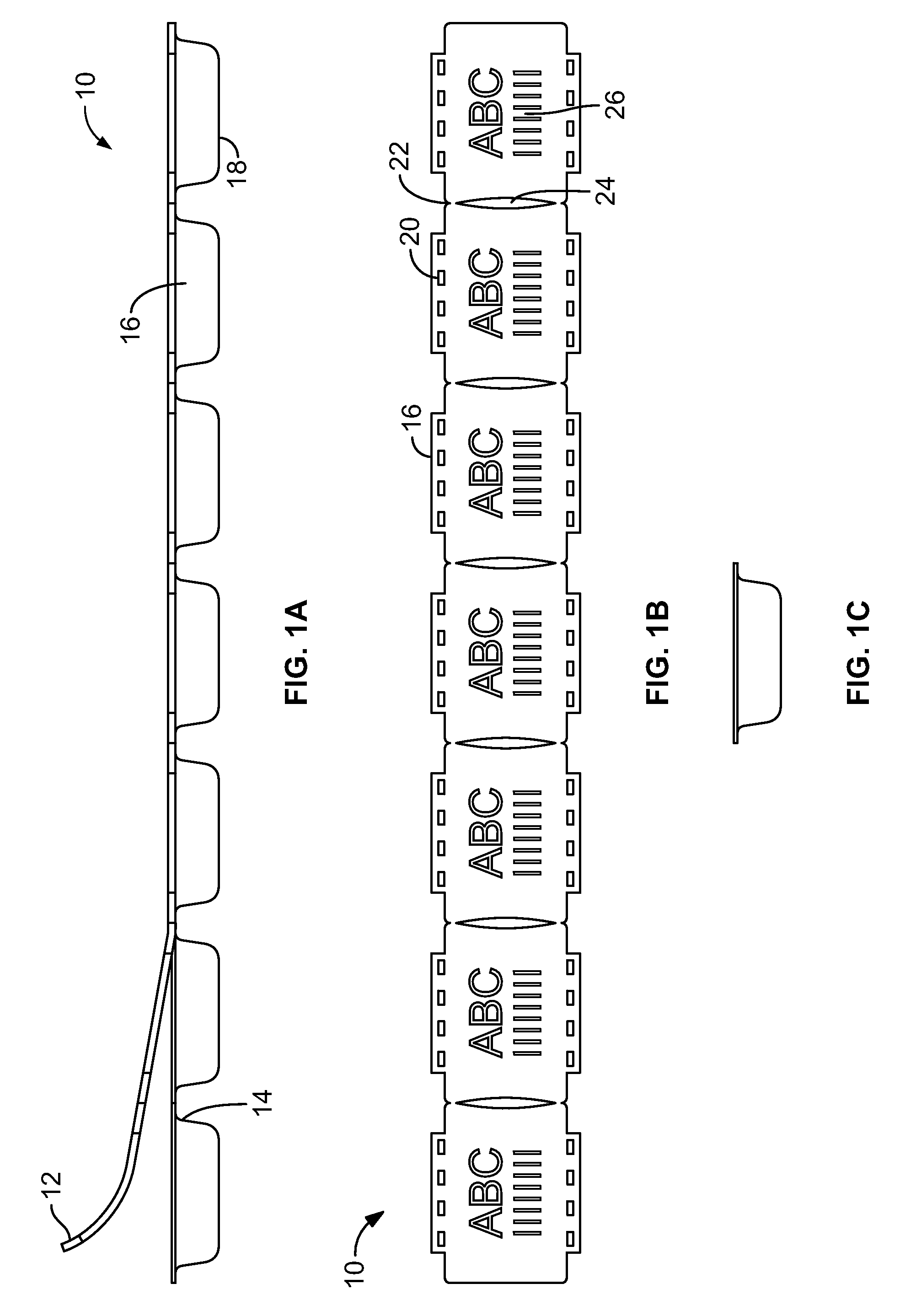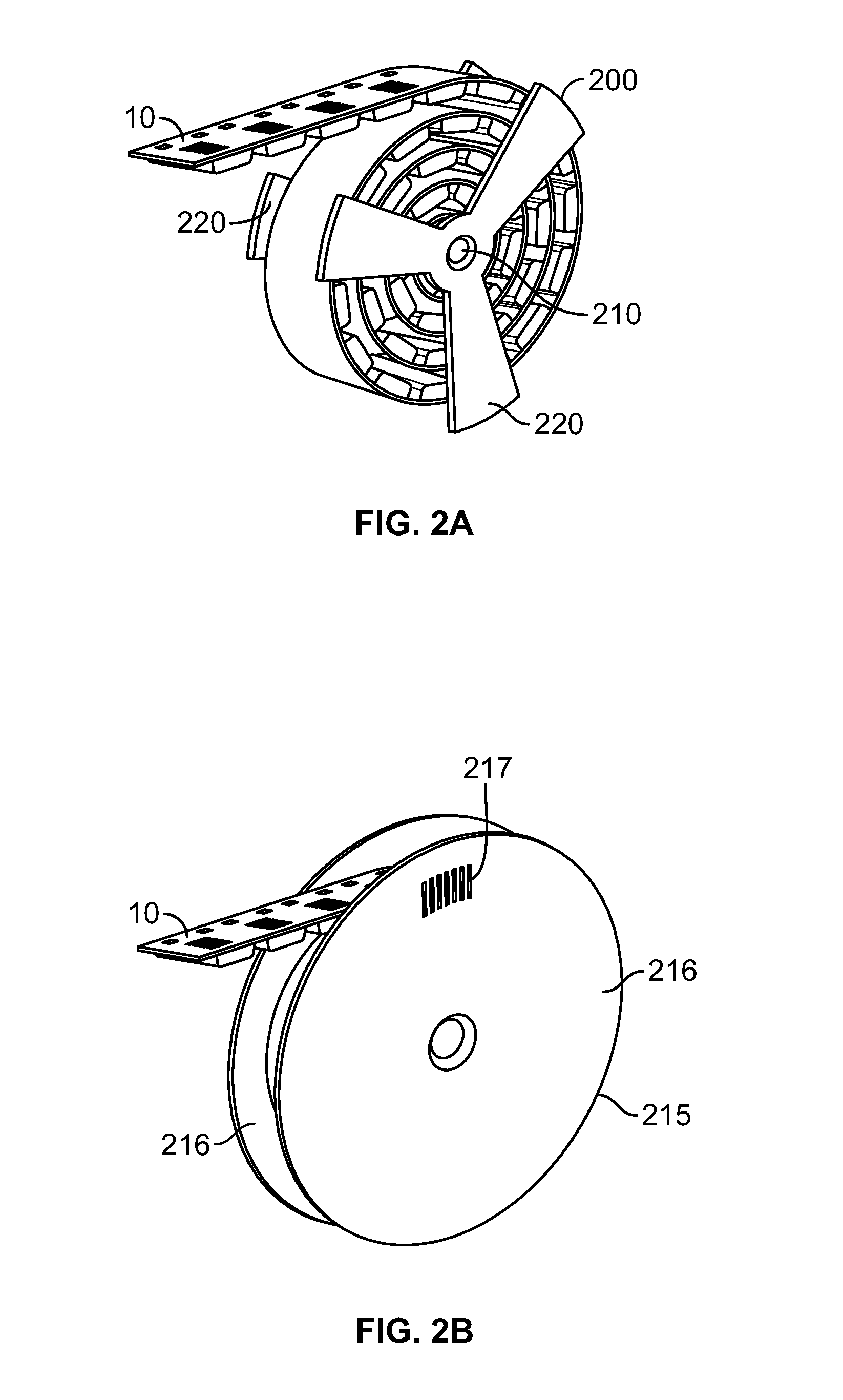High efficiency automated pharmaceutical dispenser
a dispenser device and high-efficiency technology, applied in the direction of instruments, apparatus for dispensing discrete objects, transportation and packaging, etc., can solve the problems of large number of adverse drug reactions, easy mistakes in giving patients improper dosages or improper medications, and pharmacists may accidentally provide the wrong dosage or drug for delivery to patients
- Summary
- Abstract
- Description
- Claims
- Application Information
AI Technical Summary
Benefits of technology
Problems solved by technology
Method used
Image
Examples
Embodiment Construction
[0051]The present invention provides for a high efficiency automated pharmaceutical packaging and dispensing system for hospital, pharmacy, residential and home healthcare facilities. The present invention will now be described more fully with reference to the accompanying drawings, which shows the preferred embodiments of the invention. This invention may, however, be embodied in many different forms and should not be construed as limited to the illustrated embodiments disclosed. Rather, these embodiments are provided so that this disclosure will be thorough and complete, and will fully convey the scope of the invention to those skilled in the art. Like numbers refer to like elements throughout. The preferred embodiments of the current invention and methods will now be described in detail, with reference made to FIGS. 1-16.
Referring now to the drawings, where the showings are for purposes of illustrating the preferred embodiments of the invention-only and not for purposes of limiti...
PUM
 Login to View More
Login to View More Abstract
Description
Claims
Application Information
 Login to View More
Login to View More - R&D
- Intellectual Property
- Life Sciences
- Materials
- Tech Scout
- Unparalleled Data Quality
- Higher Quality Content
- 60% Fewer Hallucinations
Browse by: Latest US Patents, China's latest patents, Technical Efficacy Thesaurus, Application Domain, Technology Topic, Popular Technical Reports.
© 2025 PatSnap. All rights reserved.Legal|Privacy policy|Modern Slavery Act Transparency Statement|Sitemap|About US| Contact US: help@patsnap.com



